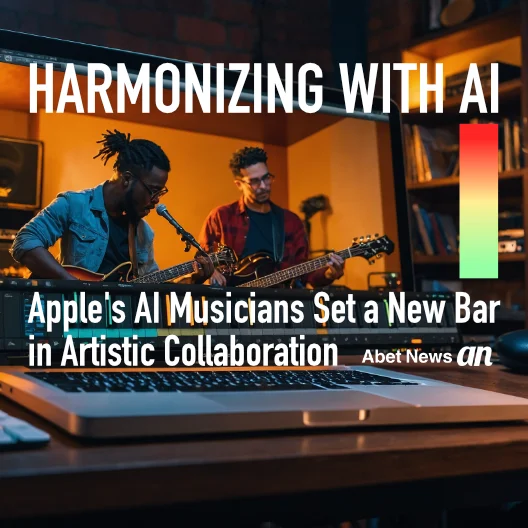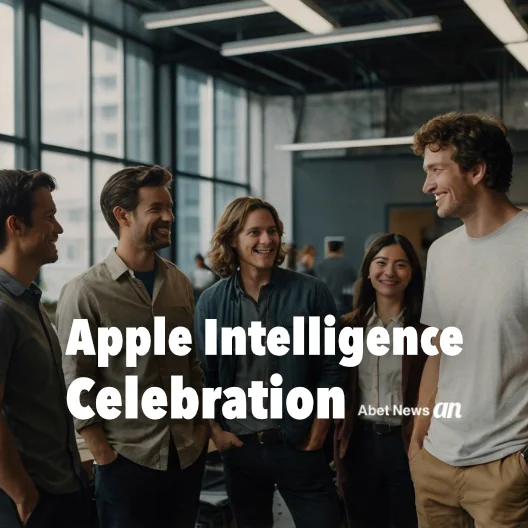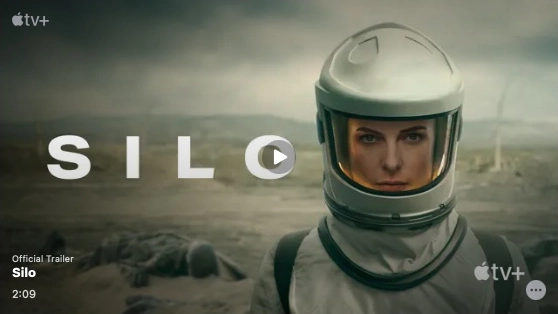AI Music Generators vs. Record Labels
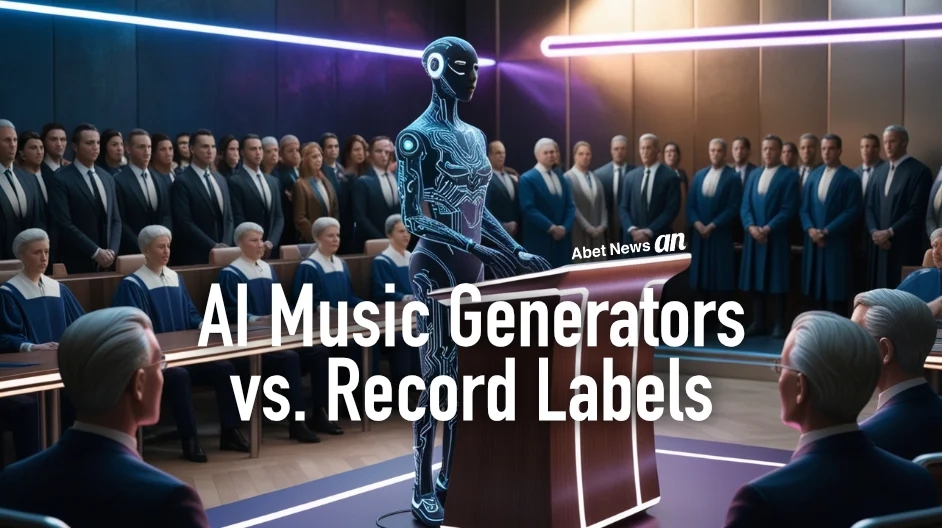
The Discordant Symphony: AI Music Generators and Copyright Infringement
In the evolving landscape of music and technology, a new legal battle has struck a dissonant chord. Record labels, guardians of copyrighted melodies, have raised their gavels against the rising stars of the tech world: AI music generators. This clash of titans not only questions the boundaries of copyright law but also the very essence of creativity in the age of artificial intelligence.
A Prelude to Controversy
AI music generators, such as Suno and Udio, have been the maestros behind the curtain, orchestrating complex symphonies without a single musician in sight. These technological marvels analyze vast libraries of music to learn and create new compositions. However, record labels like Sony Music Entertainment, Universal Music Group, and Warner Records have sounded the alarm, accusing these AI entities of using copyrighted songs without consent to train their algorithms.
The Crescendo of Claims
The record labels’ accusations are not without merit. They argue that AI music generators are infringing upon copyrights by using protected works to educate their systems. This, they claim, could potentially devalue the original creations, threatening the livelihood of artists and destabilizing the music industry’s economic structure.
Transparency is another note of contention. The labels criticize AI companies for the opaque nature of their data sources, demanding clarity on whether copyrighted materials are being used unlawfully.
The Counterpoint of AI Companies
In defense, AI music generators conduct a symphony of counterarguments. They invoke the doctrine of fair use, suggesting that their use of copyrighted material is transformative and serves educational purposes. They champion the cause of innovation, asserting that AI can harmonize with human creativity, offering new avenues for musical expression.
Moreover, they posit that AI-generated music could bring economic harmony, opening up novel opportunities for artists and producers to collaborate with technology.
Legal Harmonics
The legal implications resonate far and wide. The current copyright laws are like an old piano, out of tune with the modern melodies of AI. This legal dissonance has led to a crescendo of court cases that could set a precedent for the future of AI in creative industries.
The debate over fair use versus infringement is a complex fugue, with each side presenting compelling arguments. The outcome of these legal proceedings will not only affect AI developers and record labels but also redefine the rights of artists and the definition of originality.
Licensing Platforms: The New Conductors
Music licensing platforms find themselves in the conductor’s seat, navigating through this legal symphony. They must ensure that the content they distribute strikes the right chord with copyright laws. The potential legal precedents could dictate new terms and conditions for licensing agreements, influencing how music is created, distributed, and monetized.
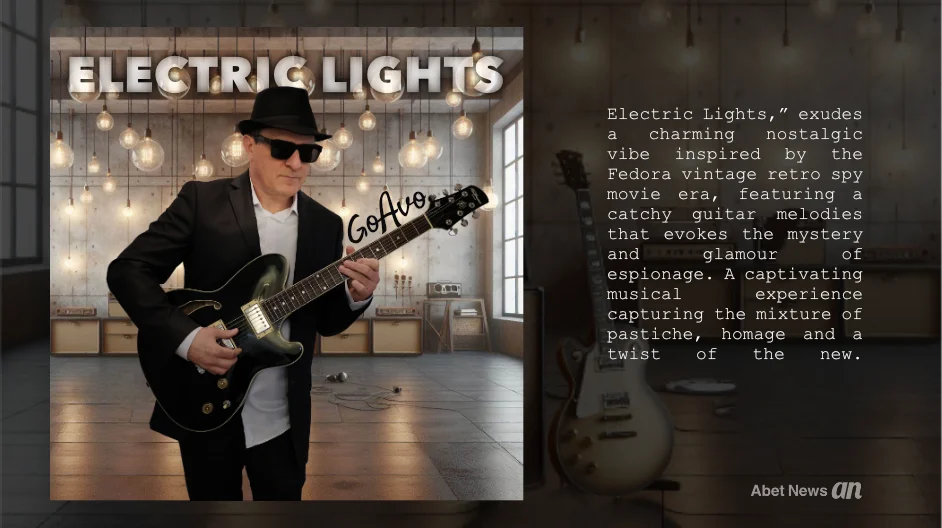
Finale: A Harmonious Future?
As the gavel falls, the music industry awaits the final cadence of this legal composition. Will the courts silence the AI maestros, or will a new era of harmonious collaboration between technology and creativity begin? Only time will tell if this discordant symphony will resolve into a harmonious future for all.
As we stand at the crossroads of music and technology, your voice matters. Join the conversation and share your thoughts on AI’s role in the future of creativity. Are we tuning into a new era of innovation, or are we risking the very soul of artistic expression? Comment below, share this article, and let’s shape the symphony of tomorrow together.
Colby Zaire

